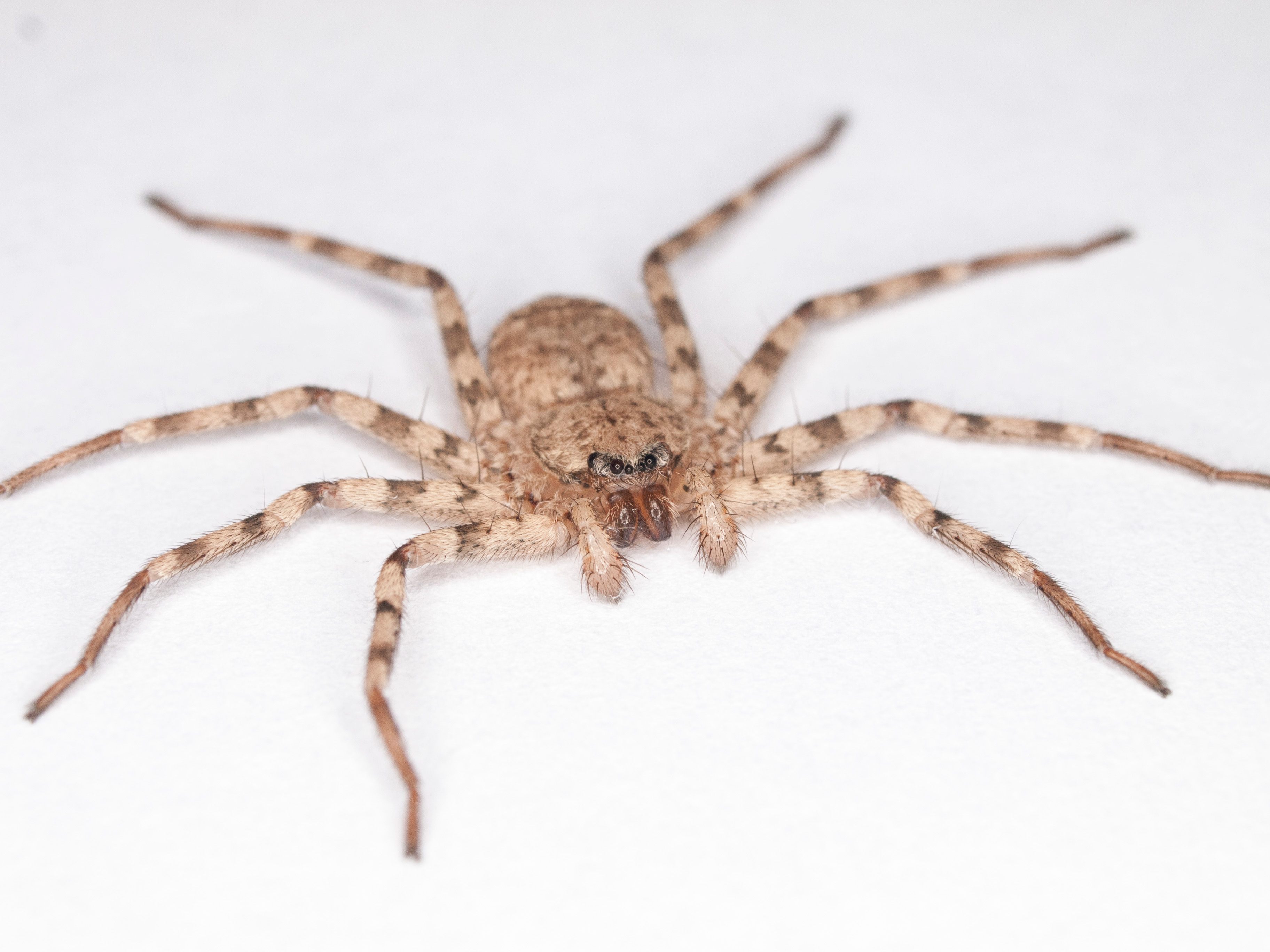Found: The Fastest-Spinning Animal in the World
Flattie spiders can do the equivalent of a triple axel in the blink of an eye.

Watching figure skaters gracefully spin across the ice or through the air is one of the highlights of Winter Olympics. And part of the secret behind Adam Rippon’s elegance and Mirai Nagasu’s triple axel lies in torque and rotational inertia.
But figure skaters are not the only creatures to master these techniques. New research reveals that spiders from the Selenopidae family, commonly known as wall crab or flattie spiders, harness the same physical properties to whip around on prey—at a rotational speed of up to 3,000 degrees per second, which makes them the fastest-spinning terrestrial animal on the planet.
The discovery was made after
Flattie Spider Strike Maneuver (© Dr. Sarah Crews and Dr. Yu Zeng) from Atlas Obscura on Vimeo.
“We found that the leg nearest the prey anchors to the ground, creating a leverage point from which the spider can pull in its torso closer to the prey,” Zeng explained in a statement. The spider pushes off with its legs, creating torque. Then, much like figure skaters, who take advantage of rotational inertia when they draw their arms in for a faster spin, the flattie spider pulls its remaining legs off the ground and close to their body, ratcheting up their speed by up to 40 percent. The result is the equivalent of three full spins in the time it just took you to blink your eyes.
Researchers expect their work to inform the design of multi-legged robots and other machines that need to operate in confined spaces. “By simply observing these spiders and their natural history, we were able to make new discoveries across disciplines,” Crews added. “You just never know what path science may lead you down next—some of the best discoveries are made by accident.”









Follow us on Twitter to get the latest on the world's hidden wonders.
Like us on Facebook to get the latest on the world's hidden wonders.
Follow us on Twitter Like us on Facebook